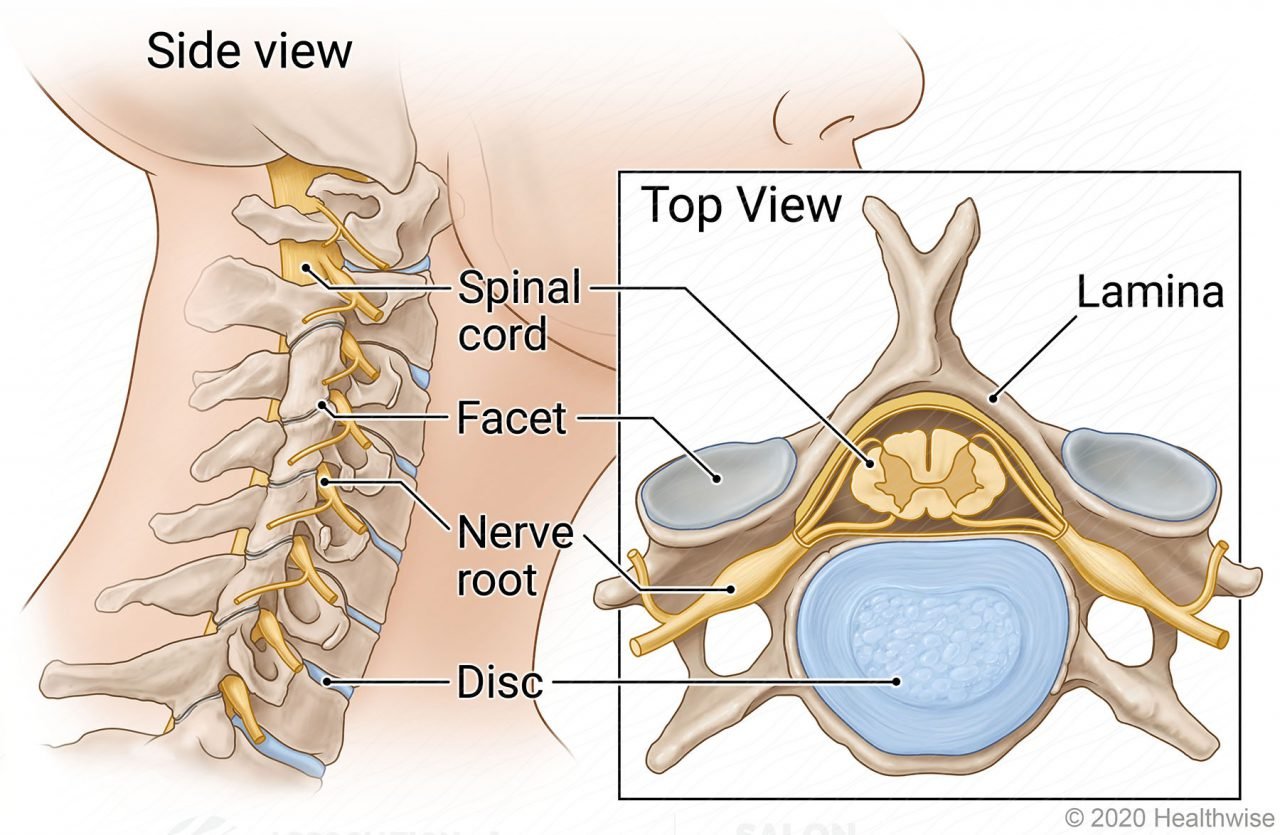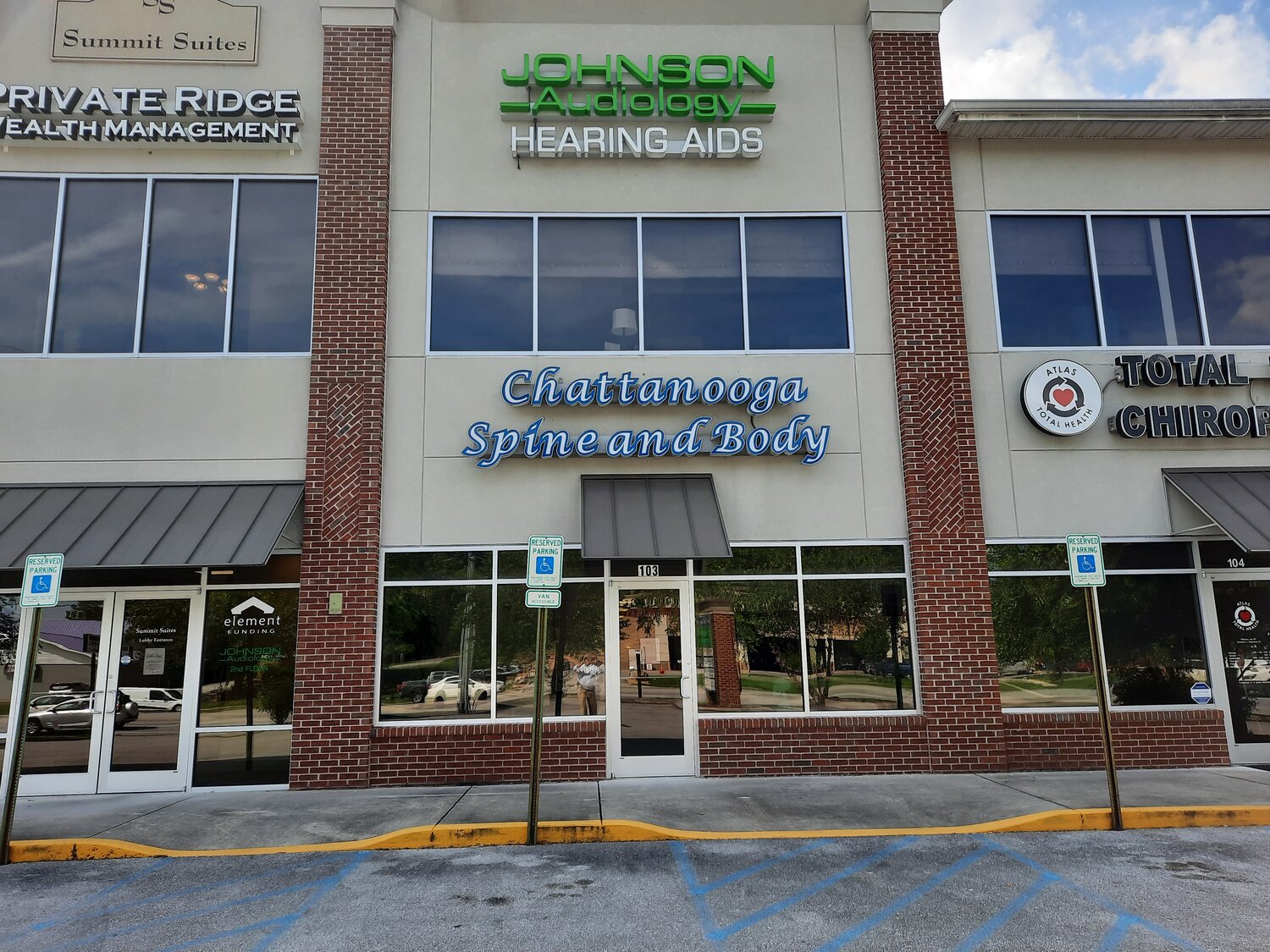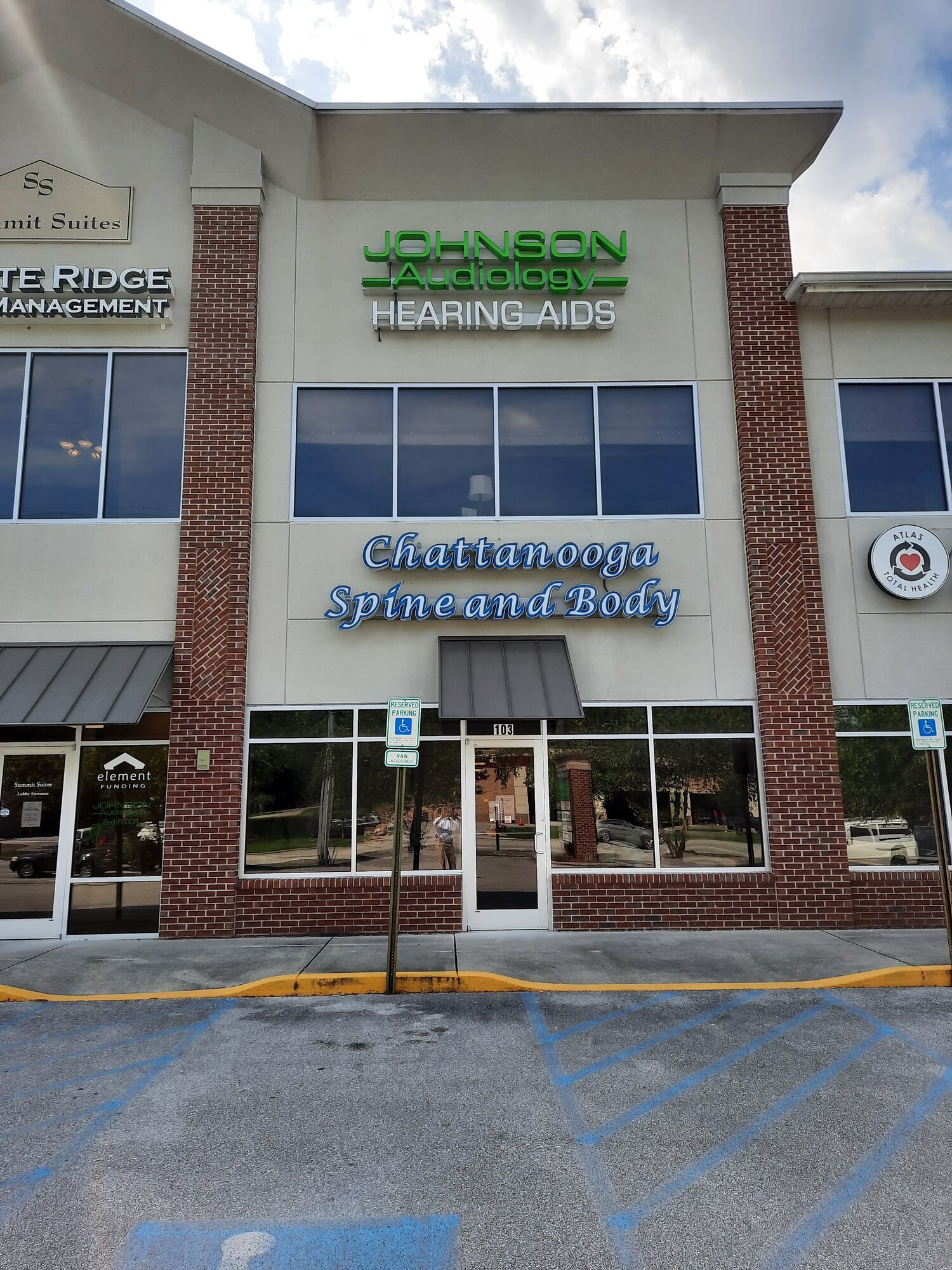
Cervical Spine/Neck
Neck pain is a common problem for many people. Neck pain can be caused by various structures in the neck. Damage or irritation to the nerve roots in the neck can result in pain, weakness, or numbness going into the arms. When this happens, this is referred to as cervical radiculopathy.
Physical exam for the neck will include looking at the soft tissues structures of the neck, such as the muscles, tendons, and ligaments. Strength, reflex, and sensory testing in the arms helps to evaluate the various types of nerves that originate in the cervical spine and control the muscles and sensations in the arms. The physical exam process is an important step in identifying and diagnosing problems.
Various types of techniques can be used to help to see the anatomy and structures in the spine to help identify and diagnose problems. X-rays and CT scans are well suited to see dense structures, such as the bones. Imaging studies, such as MRI’s, are better to visualize soft tissue structures, such as muscles, ligaments, tendons, the spinal cord, and nerves. MRI’s are also good at visualizing liquid water, which may represent things such the spinal fluid around the spinal cord or inflammation inside soft or hard tissue structures.
Treatment for neck conditions can vary greatly. Conservative treatments may include things like physical therapy, medications, stretching, and exercises. More aggressive treatments may include injections, procedures, and surgery. As a non-surgical practice, surgery is considered to be a “last option” for treating cervical spine conditions.
Many daily activities can keep the soft tissues structures of the neck fatigued and painful. Many people may spend much of their day with their head down, reading a book, looking at their phone, or tablet. They may also spend much of their day sitting in front of, and staring, at a computer screen. Holding a static position, doing these various activities, will put a lot of strain on the muscles at the base of the skull, neck, and between the shoulder blades.


